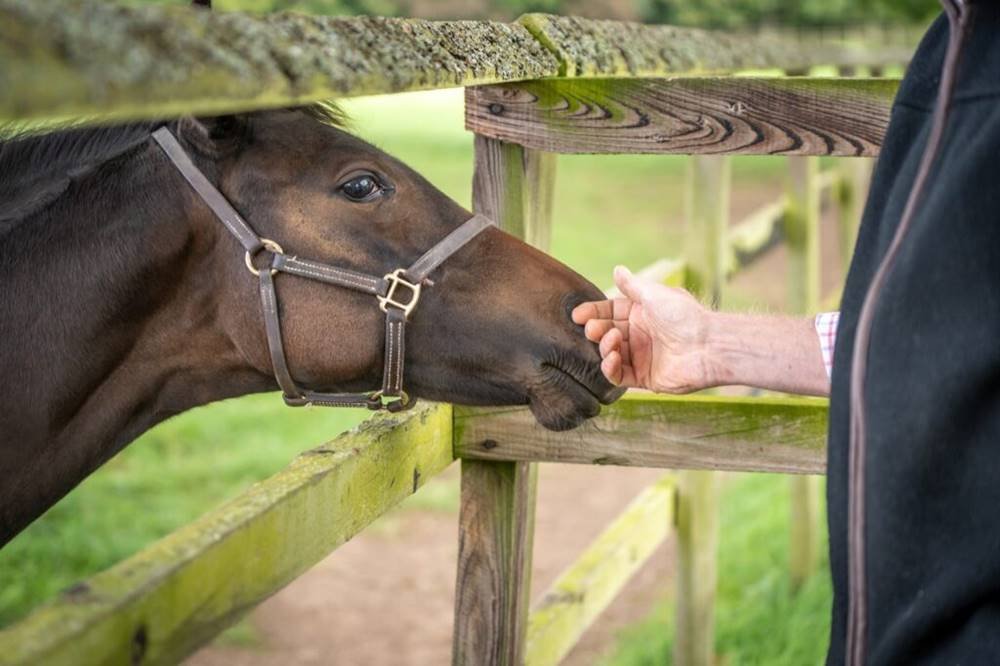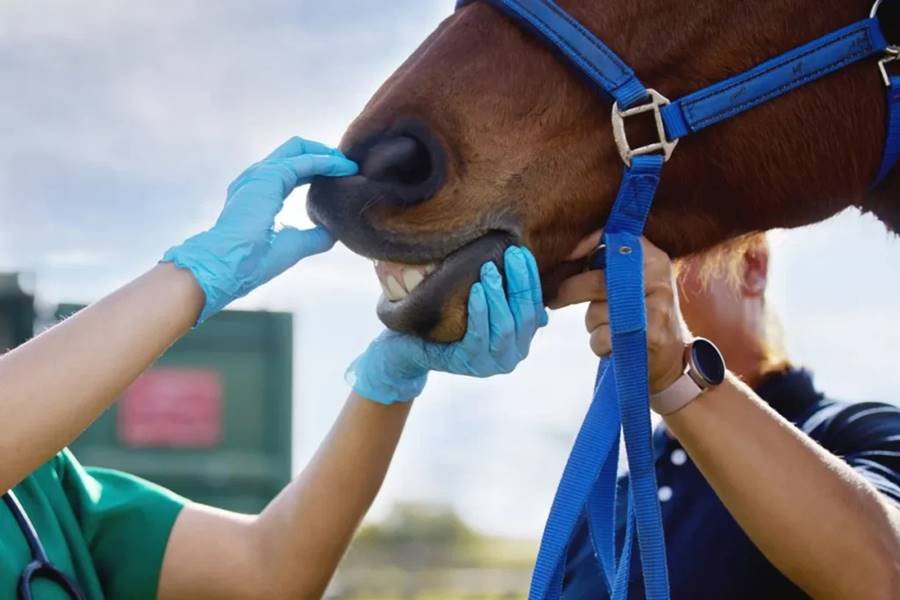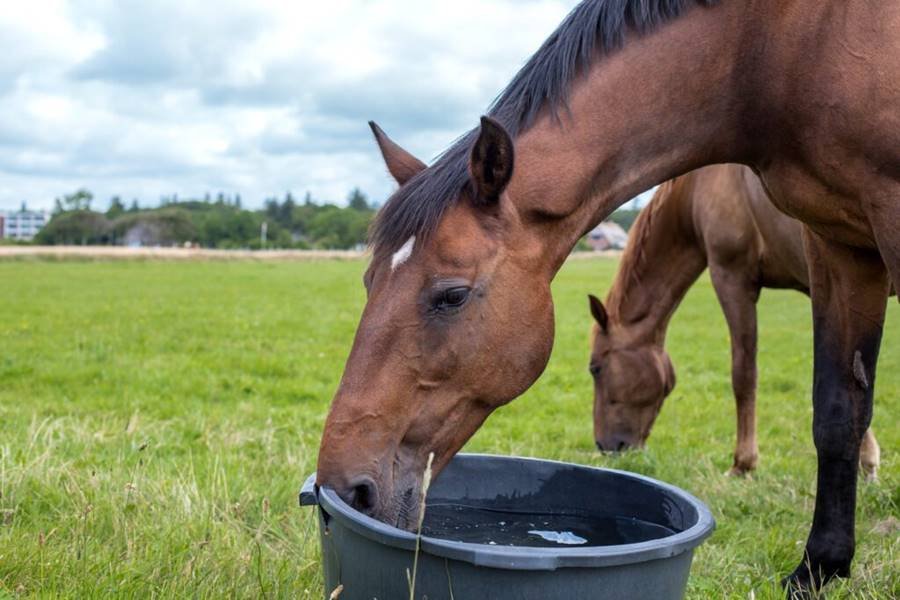When it comes to the health and well-being of your horse, managing their exercise and feeding routine is crucial.
Two important rules to follow are: don’t exercise your horse directly after feeding, and don’t feed your horse right after exercise. Here’s why these practices are essential:
1. Exercise After Eating: Risk of Digestive Issues
After your horse eats, their digestive system is actively processing food. When a horse begins exercising right after feeding, the digestive system is forced to compete for blood flow with the muscles, which need more circulation during physical activity.
- Impact on Digestion: Exercise increases blood flow to the muscles, while digestion requires blood flow to the stomach and intestines. This competition can lead to poor digestion, colic, or even a dangerous condition called gastric torsion or colonic displacement, which happens when the intestines twist or become displaced due to disrupted digestive processes.
- Timing is Key: It’s recommended to wait at least 30 minutes to an hour after feeding before exercising your horse. This allows their body to process the food and redirect blood flow to the muscles during exercise.
2. Feeding Right After Exercise: Risk of Colic and Digestive Distress
Similarly, feeding your horse immediately after exercise can cause problems as well. After a workout, your horse’s gut may still be “settling” from the physical exertion, and feeding immediately can overwhelm their digestive system.
- Risk of Colic: Just like exercising immediately after eating, feeding your horse too soon after exercise can lead to gastric distress or colic. When your horse is hot, sweaty, or breathing heavily, the digestive system is still in a state of high activity, and introducing food suddenly can cause the stomach to become upset.
- Hydration First: After exercise, it’s crucial to allow your horse to cool down and hydrate first. Offer water to help rehydrate and give them time to calm down. Wait at least 30 minutes after cooling down before feeding them.
3. Digestive Health and Performance
For your horse to perform at their best and avoid digestive issues, it’s essential to respect the timing between exercise and meals.
- Cooling Down: When your horse has finished exercising, provide a cooling down period to allow their heart rate and breathing to return to normal. During this time, they should have access to fresh water but not food.
- Proper Hydration: Hydration is especially important after exercise, as it helps with digestion and overall health. If your horse has not properly rehydrated after exercise, feeding them right away can lead to bloating and discomfort.
4. Allow Time for Proper Digestion
When you allow your horse to rest and digest before or after exercise, their body can properly process food without stress. This promotes:
- Better Nutrient Absorption: With digestion happening efficiently, your horse can absorb the maximum nutrients from their feed.
- Reduced Risk of Health Issues: Avoiding exercise immediately after meals or feeding immediately after exercise helps reduce the risk of colic, digestive upset, and muscle strain.
Best Practices:
- Wait 30-60 minutes after feeding before exercising your horse.
- Wait 30-60 minutes after exercise before feeding, and allow your horse to cool down and drink water.
- Focus on hydration: Always offer water before and after exercise to maintain hydration.
- Use a gradual warm-up and cool-down routine to ease your horse into and out of exercise.
By following these practices, you’ll help protect your horse from digestive issues and ensure they remain healthy and comfortable during and after exercise.




